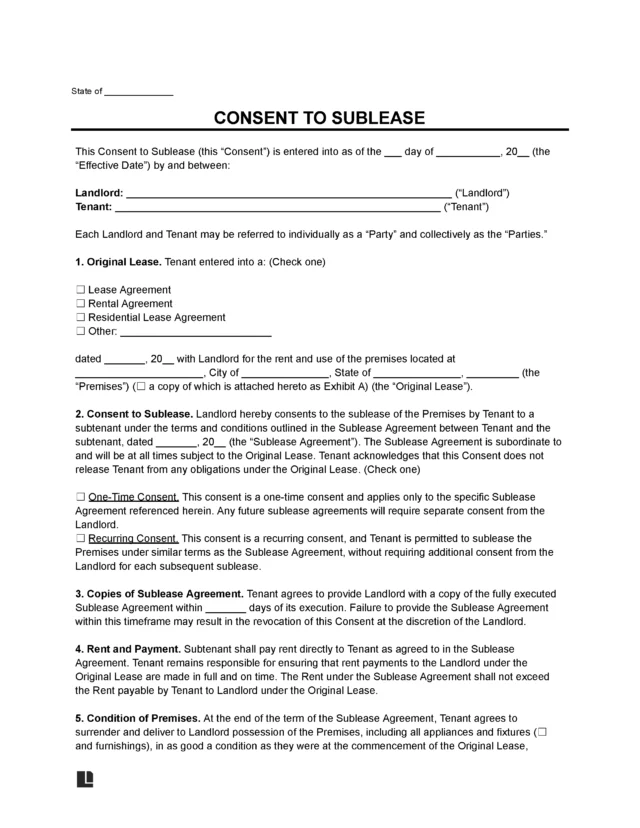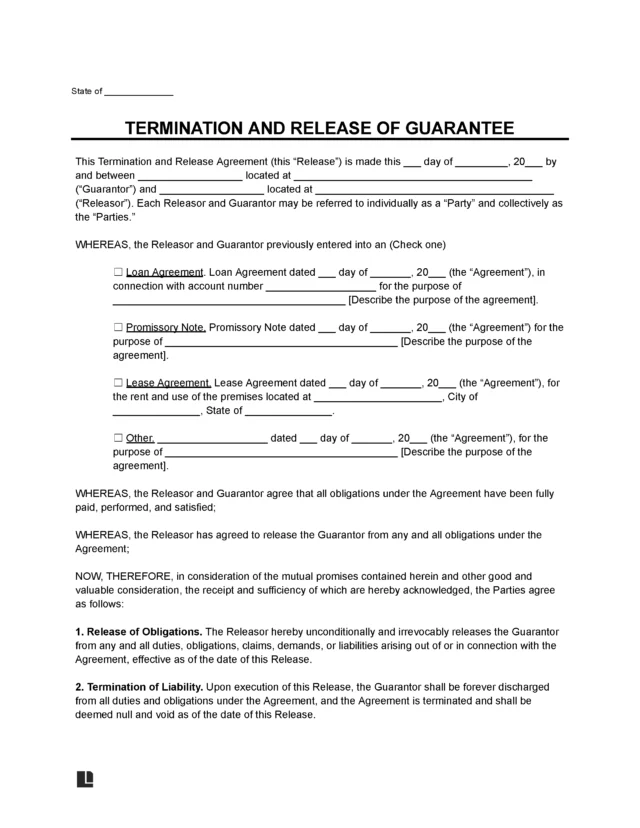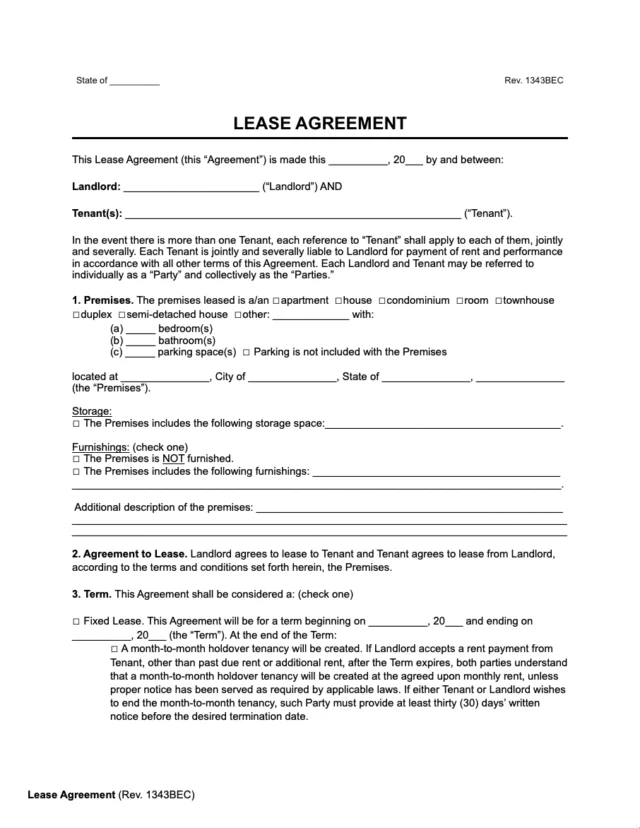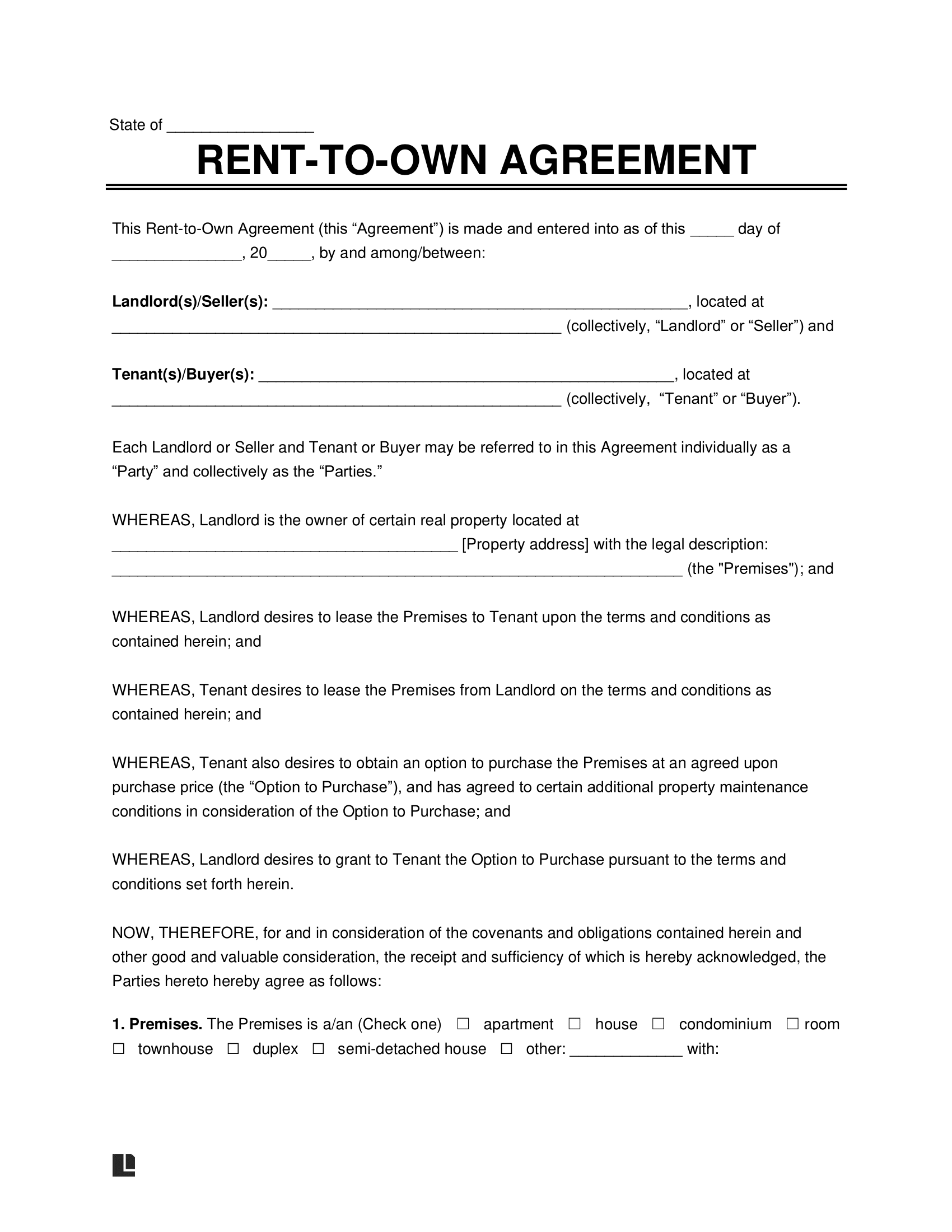Rent-to-Own Lease Contracts – By State
Rent-to-own lease agreements must follow the real estate and landlord-tenant laws of your state. To make sure your contract complies with local rules, use a state-specific rent-to-own lease agreement template. Choose your state below to get a tailored form that reflects required disclosures and tenant protections in your area.
- Alabama
- Alaska
- Arizona
- Arkansas
- California
- Colorado
- Connecticut
- Delaware
- District of Columbia
- Florida
- Georgia
- Hawaii
- Idaho
- Illinois
- Indiana
- Iowa
- Kansas
- Kentucky
- Louisiana
- Maine
- Maryland
- Massachusetts
- Michigan
- Minnesota
- Mississippi
- Missouri
- Montana
- Nebraska
- Nevada
- New Hampshire
- New Jersey
- New Mexico
- New York
- North Carolina
- North Dakota
- Ohio
- Oklahoma
- Oregon
- Pennsylvania
- Rhode Island
- South Carolina
- South Dakota
- Tennessee
- Texas
- Utah
- Vermont
- Virginia
- Washington
- West Virginia
- Wisconsin
- Wyoming
What Is a Rent-to-Own Contract?
A rent-to-own contract dictates the terms of a rental arrangement and allows the option to buy the property once the lease ends. It combines elements of a typical lease and a standard real estate purchase agreement.
A lease option gives the tenant a choice (but not an obligation) to buy the property at the end of the lease. However, a lease purchase agreement requires the tenant to buy the property when the lease is over.
Legal Templates’ rent-to-own contract lets you implement a lease option. This gives the tenant flexibility while still allowing you to collect rental income.
How Does Rent-to-Own Work?
Rent-to-own works when the tenant and landlord negotiate a combined lease and purchase agreement. They dictate the lease terms that both parties will follow during the lease period. Then, at the end of the lease, the tenant will have the option to buy the property at a predetermined price. They typically have a specified window to exercise their buying option.
Learn About the Leasing Process
Ready to lease a property with the option to buy? Learn about the leasing process by reading our in-depth guide.
How to Write a Rent-to-Own Contract
A solid rent-to-own contract spells out the leasing terms clearly and highlights the option to purchase. Learn how to set up a rent-to-own contract using our template below.
Step 1 – Write Initial Details
Provide the address of the property being leased and potentially bought, including its street address and legal description. Give additional information, including the type of housing and layout of the space. List any necessary disclosures, like a lead-based paint disclosure.
Identify the tenant who will rent (and maybe buy) the property, including their full name and address. If the primary tenant will have a co-tenant, add a second tenant. Name yourself as the landlord (and potential seller) and provide your address. If you’re working with someone to rent and sell the property, add your co-landlord.
Step 2 – Give Lease Terms
During the rental period of your rent-to-own home agreement, you’ll want the tenant to follow specific guidelines. Outline these details to ensure the tenant respects the property and adheres to your rules:
- Lease’s start and end dates
- Lease status (fixed-term or month-to-month)
- Rent amount, due dates, and late fees
- Security deposit handling
- Maintenance and repair responsibilities
- Use of premises (smoking, pets, visitors, etc.)
- Requirement to complete an inspection checklist
- Lease assignment and sublease rules
- Whether the tenant can grant a mechanic’s lien on the property to a service provider
- Rules for terminating the lease
Step 3 – Record the Option to Purchase
State whether you and the tenant have agreed upon a purchase price. If not, specify that you will decide at a later date. Note when the option to purchase begins and expires so the tenant knows the period they have to decide.
In a rental agreement with a purchase clause, the tenant pays a premium in exchange for the option to buy the property. Indicate if the tenant will pay this fee as an upfront fee to the landlord or a higher monthly rent payment. In the latter case, a portion of the rent will go toward the payment for the option to purchase.
Provide other details as needed, such as whether there will be an earnest money deposit. This deposit is a good-faith show that the tenant intends to buy the property, and it will be credited toward the purchase price if the tenant goes through with the purchase. If the tenant chooses not to buy, they usually get the deposit back.
Including Personal Property in the Sale
You should also specify whether certain personal property will be included or excluded from the sale. This will clarify what the buyer will and will not receive with their purchase.
Step 4 – Summarize Closing Information
List the payment methods that you will accept at closing. If the buyer will pay all closing costs, specify this. If not, indicate what closing costs you will cover as the seller.
You must also include key information about title insurance, which protects against damages due to title defects. Note which party will be responsible for buying title insurance and which party will choose the title insurance company. Include who will be responsible for paying prorated property taxes at the time of sale.
You can also use Legal Templates’s rent-to-own agreement form to prepare for defaults. Acknowledge what happens if either party defaults on the purchase option.
Step 5 – Provide Final Details & Sign
Finalize the agreement for tenants to buy later by adding any additional provisions you want to include. For example, you may indicate whether the purchase price will be recalculated based on future appraisals.
Include other provisions to make the contract enforceable, such as the effective date, dispute resolution, and the governing law. Collect the tenant/buyer’s signature, and sign the document as the landlord/seller.
Does a Rent-to-Own Contract Need to be Notarized?
A rent-to-own contract does not need to be notarized, but you can choose to do so for added security and validity. As long as the contract is in writing, has both parties’ signatures, and contains all necessary details, it’s a legally binding contract.
Do I Have to Record the Option to Purchase?
Most states don’t require you to record the option to purchase. However, recording with the county register of deeds or recorder’s office is highly recommended, as it provides public notice of the option.
Be sure to check your area’s laws to remain in compliance, as it’s mandatory in some locations. For example, North Carolina requires recordation of the option contract within five days.
Rent-to-Own Contract Sample
Wondering what a rent-to-own agreement looks like? View our sample rent-to-own contract below. Then, create your own and download it as a PDF or Word file.
Can a Landlord Break a Rent-to-Own Contract?
Yes, you can break a rent-to-own lease contract as the landlord/seller in some instances. Refer to the contract to learn under what circumstances you can break the contract. You may also be able to break the agreement due to a tenant’s breach of terms, like failing to pay or breaking specific rules.
If you need to break the contract for a reason that the agreement doesn’t support, there may be consequences. For example, you may need to compensate the tenant for damages or face lawsuits requiring you to deliver ownership of the property against your wishes.
Pros & Cons of Rent-to-Own Contracts
Rent-to-own lease contracts offer unique benefits and drawbacks for landlords/sellers and tenants/buyers. Review the pros and cons for each party so you fully understand the arrangement.
Pros for Landlords/Sellers
- Higher rent payments (compared to traditional renting)
- Fewer maintenance responsibilities
- Consistent rental income
- Good selling point when finding buyers
Cons for Landlords/Sellers
- Dealing with tenants with lower credit
- Potential to miss property appreciation
- Unreliability with the tenant, as they may decide not to buy
Pros for Tenants/Buyers
- Ability to lock in a purchase price
- Path to homeownership for renters
- Chance to test out living at the property
- Lower upfront costs
Cons for Tenants/Buyers
- Chance they might buy the property for an inflated price due to depreciation
- Loss of the option fee if they decide not to buy the property
- Dependency on the owner (if the seller has a mortgage and stops paying it, the buyer might lose the property)








